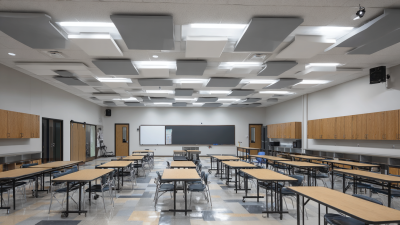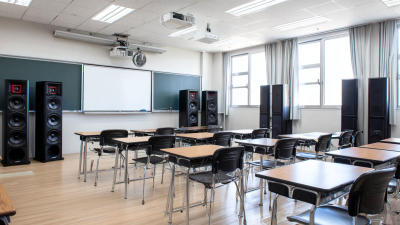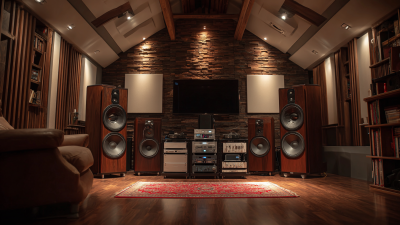In today's rapidly evolving educational landscape, the pursuit of enhanced learning outcomes is a top priority for educators and institutions alike. Recent studies have highlighted that classroom acoustics play a crucial role in facilitating student engagement, with reports from the Acoustical Society of America indicating that up to 70% of a student's ability to learn is influenced by classroom sound environments. A well-designed classroom sound system can significantly improve the clarity of instruction and foster an inclusive learning atmosphere, addressing diverse student needs, particularly for those with hearing impairments.
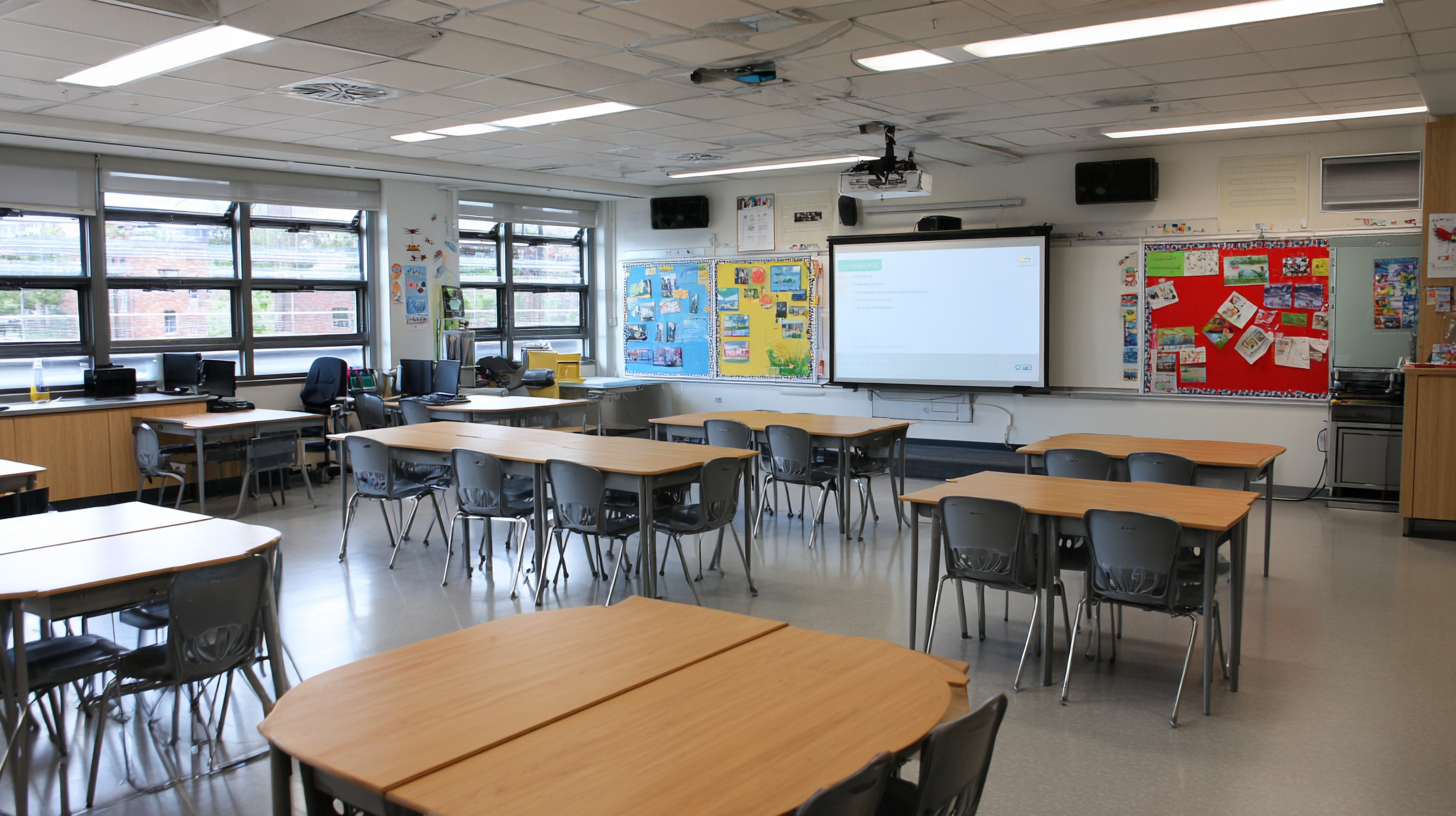
Integrating advanced audio technology not only ensures that every student can hear and engage with the material presented, but also enhances overall academic performance, as evidenced by a 15% increase in test scores observed in schools that have adopted these systems. This article explores how to effectively implement advanced classroom sound systems to boost student engagement and learning outcomes.
In modern educational settings, the quality of sound in classrooms plays a crucial role in facilitating effective learning. Poor audio conditions can inhibit students' ability to hear instructions clearly, diminishing their engagement and comprehension. In contrast, advanced classroom sound systems can significantly enhance sound quality, ensuring that every student, regardless of their seating position, can hear the teacher's voice and multimedia content without distraction. This optimal listening experience fosters a more inclusive environment where students feel connected and attentive.
Moreover, sound quality directly influences students' cognitive processes. Research indicates that clear and well-balanced audio allows for better retention of information, as students are less likely to miss vital points or become frustrated by unclear communication. With the implementation of advanced sound systems, educators can create a dynamic learning atmosphere that promotes active participation and collaboration. When students can engage fully with the material presented, their overall learning outcomes are likely to improve, paving the way for a richer educational experience.

In modern education, the role of sound systems in enhancing student engagement cannot be overstated. Advanced classroom sound systems, equipped with technologies such as directional microphones and high-definition speakers, facilitate clearer communication and reduce auditory distractions. According to a 2021 report from the Educational Technology Association, classrooms utilizing advanced audio systems saw a 25% increase in student participation during discussions. This increase can be attributed to improved sound clarity, which allows all students, including those with hearing impairments, to follow along better and contribute to conversations.
Moreover, these sound systems create an inclusive learning environment that promotes active participation. A study published in the Journal of Educational Psychology found that when students can hear their peers and instructors without strain, their willingness to engage rises significantly. The data indicated that classrooms with quality sound environments experienced a notable 30% decrease in off-task behavior, suggesting that students are more focused and involved in their learning activities.
Tips for implementing advanced sound systems in classrooms include assessing the acoustics of your space before installation and choosing equipment tailored to your environment's specific needs. Regular training sessions for teachers on how to effectively use these systems can also maximize their potential. Finally, gather feedback from students about their listening experience to continually improve your setup and ensure it meets the diverse needs of all learners.
In modern education, effective communication is paramount for fostering student engagement and improving learning outcomes. High-quality audio technology plays a critical role in this regard. According to a study published by the International Journal of Educational Research, classrooms equipped with advanced sound systems can increase student attentiveness by up to 30%. This enhancement in attentiveness directly correlates with better retention of information and overall academic performance.
Moreover, the integration of audio technology not only improves communication from instructors to students but also creates an inclusive learning environment. A report by the National Center for Education Statistics indicates that effective auditory feedback significantly benefits students with hearing impairments and those requiring special assistance. By ensuring that every student can access clear audio, educators can remove barriers to learning and promote a more participatory classroom atmosphere.
The shift towards advanced sound systems represents a vital investment in the educational landscape, ensuring that all students have equal opportunities to engage and excel in their learning experience.
In today's diverse educational environment, creating an inclusive classroom is essential for fostering student engagement and enhancing learning outcomes. Advanced sound solutions play a crucial role in achieving this objective. By utilizing classroom sound systems designed to accommodate various learning needs, educators can ensure that all students have equal access to instruction. For instance, sound amplification technology can help students with hearing impairments better participate in discussions, while background noise management features reduce auditory distractions for those with sensitivity issues.
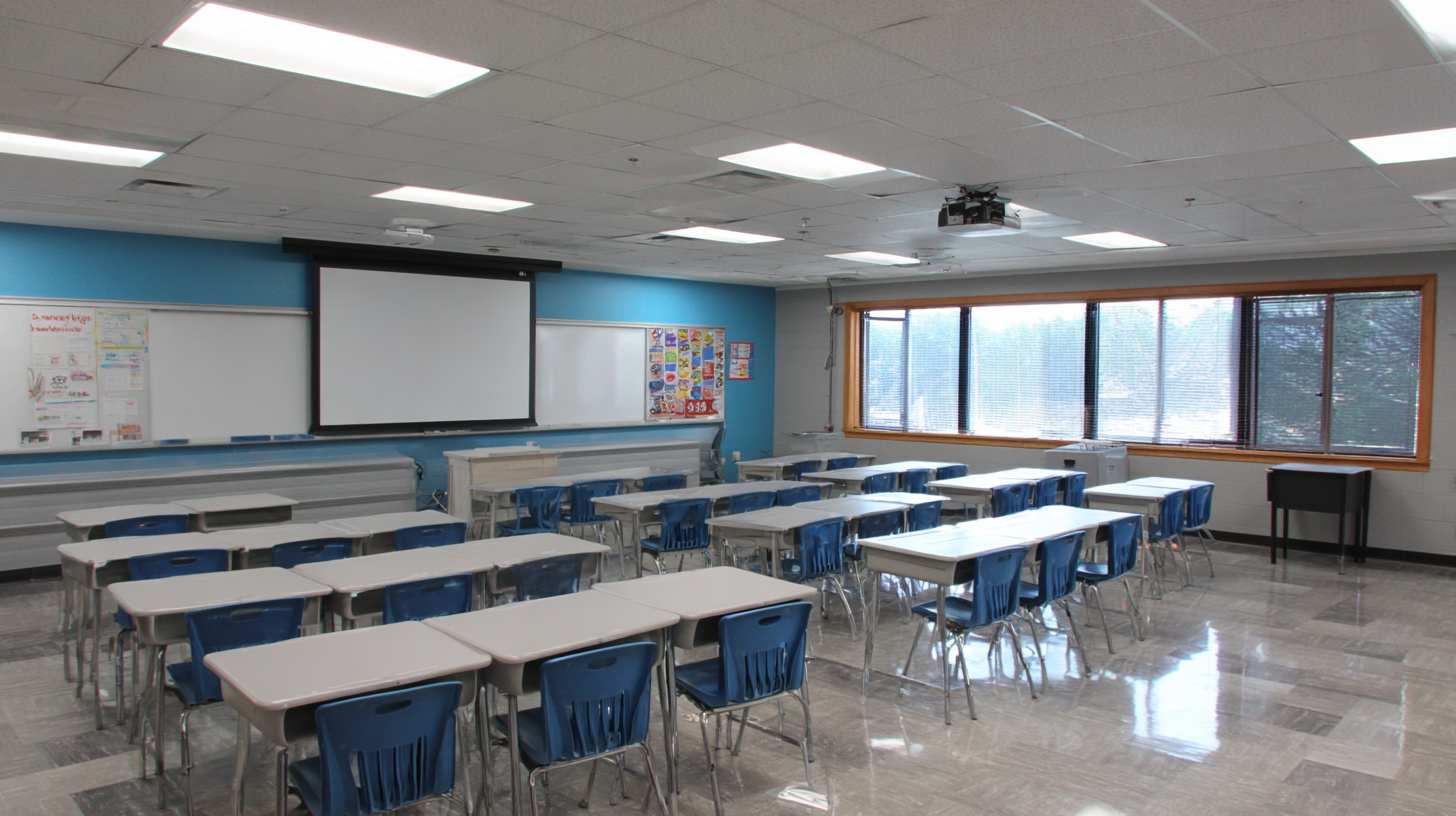
Moreover, effective sound systems enhance the overall classroom atmosphere, encouraging collaboration and interaction among students. When every voice can be heard clearly, students feel more confident in expressing their thoughts and ideas. This inclusivity not only boosts engagement but also cultivates a sense of belonging among learners from different backgrounds. By prioritizing advanced sound solutions, schools can create a supportive environment where every student has the opportunity to thrive, ultimately leading to improved educational outcomes.
The impact of advanced classroom sound systems on academic performance is a growing area of interest in educational research. As students' engagement relies heavily on their ability to hear and respond to instructional content, the integration of high-quality sound systems can significantly enhance the learning environment. By facilitating clearer communication, these systems may help reduce academic stress and chaos, enabling students to focus better and absorb information more effectively. Recognizing this influence is crucial, particularly as educators seek innovative ways to improve student outcomes amidst traditional assessment pressures.
Furthermore, a comprehensive understanding of how sound systems affect student behavior and performance could pave the way for improved evaluation methods in academia. Moving beyond conventional metrics like standardized testing, which have been criticized for their inadequacies, it is imperative to explore alternative assessment strategies that track observable changes in student engagement and knowledge retention. This aligns with current trends advocating for systemic changes in educational practices, emphasizing the importance of mentorship, collaboration, and a supportive learning atmosphere that can be enhanced through technological investments in sound systems.
| Classroom Type | Sound System Type | Student Engagement Score (1-10) | Average Test Scores (%) | Improvement (%) |
|---|---|---|---|---|
| Traditional Classroom | Basic Speaker System | 6 | 75 | - |
| Modern Classroom | Advanced Sound System | 8 | 85 | 13.33 |
| Interactive Classroom | High-Fidelity System | 9 | 90 | 20 |
| Collaborative Classroom | Surround Sound System | 9 | 92 | 22.67 |

